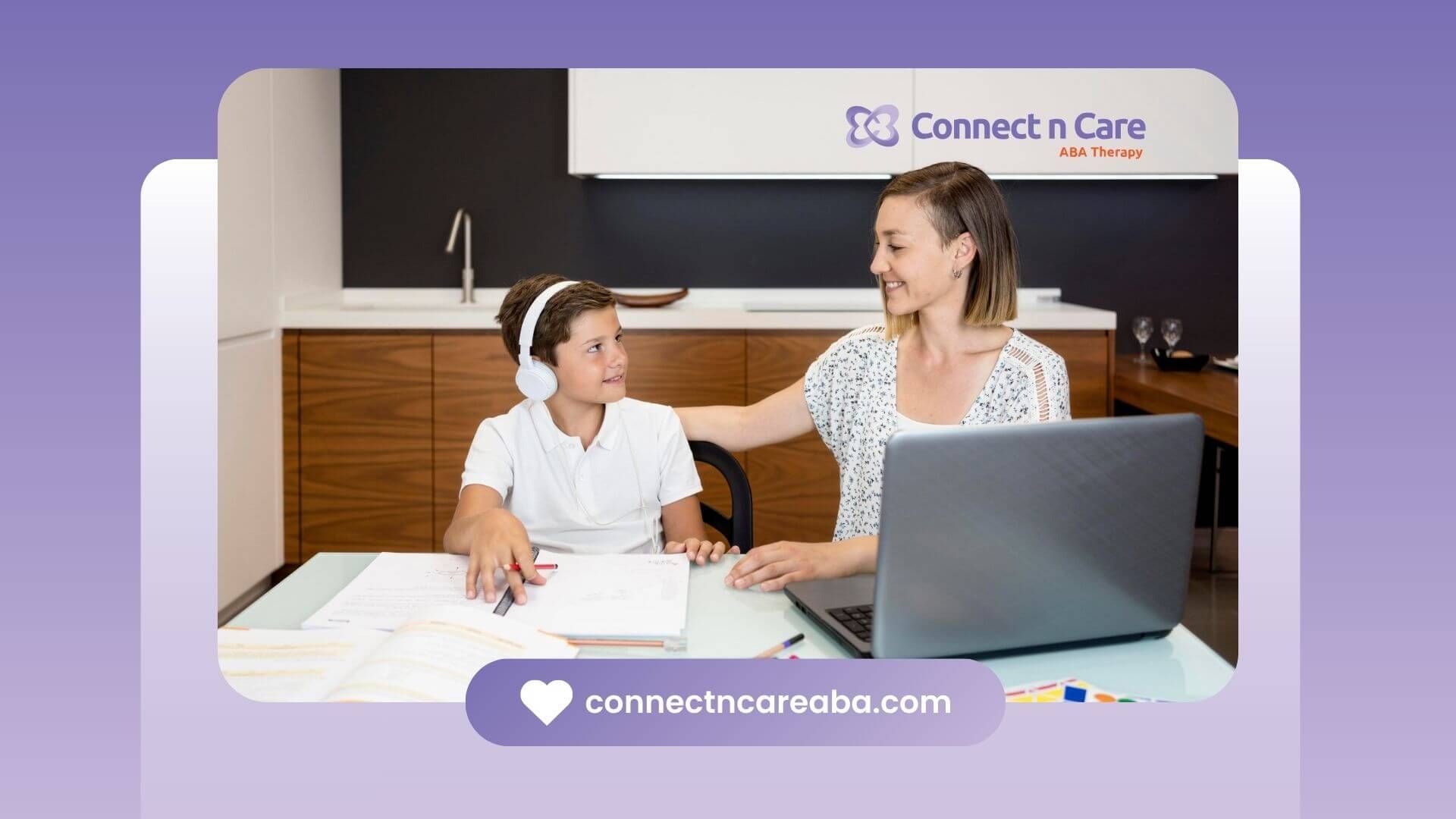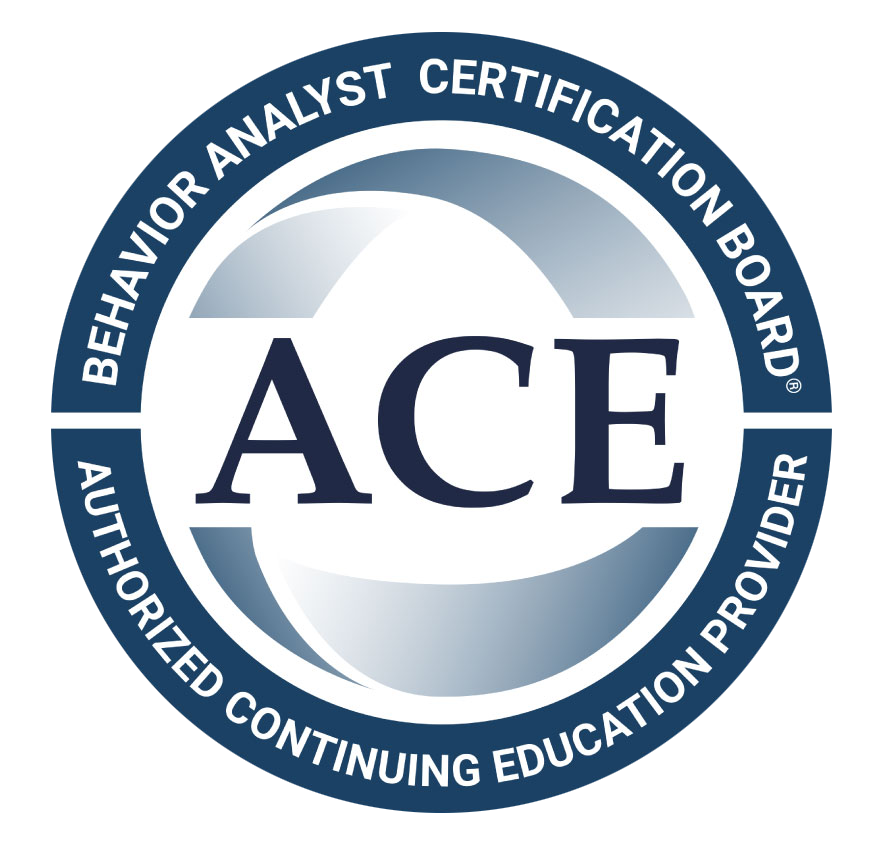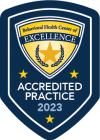Have you ever thought about using ABA therapy techniques on yourself? Applied behavior analysis, or ABA, is about knowing why people act a certain way and helping make actions better by following certain steps. Many people use this with individuals who have autism spectrum disorder, but the main ideas behind ABA therapy can help anyone. When you use positive reinforcement and simple behavior analysis, you can help yourself grow and build important life skills, even if you do not have a therapist. Let’s look at how ABA can help you change your behaviors in a good way.
Understanding Applied Behavior Analysis (ABA)
Applied behavior analysis (ABA) is a way to understand and change how people act. This approach is based on behavior analysis and uses tools that help people learn. It often uses positive reinforcement to help people show positive behaviors. At the same time, it helps to reduce challenging behaviors that people with autism spectrum disorder (ASD) may have.
ABA techniques can fit into daily routines. This helps people build important life skills that are useful every day. By using clear steps and being steady, ABA programs help people make positive changes in their behavior. In the end, this helps raise the overall quality of life for someone with autism or those on the autism spectrum.
What is ABA?
ABA stands for Applied Behavior Analysis. It is a way to study how people’s behaviors change in response to what’s around them. ABA therapy uses behavior analysis to help people with autism. It looks at what causes certain actions, what sets them off, and what makes these actions keep happening.
With ABA, new skills are taught by breaking them down into small and easy steps. These steps may involve learning to do daily tasks or finding better ways to talk to others. Applied behavior analysis uses information and data to see what works. If something needs to be changed, they update the way they teach to make it work better. Providing rewards or taking things away is key. This helps new behaviors stick for a long time.
You can also practice ABA therapy at home. One way is by using the ABCs of ABA. The ABCs are Antecedent (what happens before), Behavior (what the person does), and Consequence (what happens after that keeps the behavior going). When you understand these steps and use them, people can start to change their actions in daily life. This can help with growing, learning new skills, and moving forward.
Key Principles of ABA
The main ideas of ABA therapy help make structured plans that work well for changing behavior. Positive reinforcement is a key part of this, as it rewards good behaviors, so people are more likely to repeat them. When you use rewards that someone likes, you create a positive cycle that helps them get better over time.
A big part of ABA therapy is also breaking down new skills into smaller steps. This way, you can learn each part in an easier way, step by step. It is helpful because it makes learning new skills feel less hard. If you keep practicing and slowly use less help, you make your progress stronger as you go.
Behavior analysis is important, too. It means looking at what triggers certain actions and finding patterns in behavior. When you know these things, you can come up with better ways to help. By using the right reinforcements, learning more about what is going on, and focusing on goals you can measure, ABA gives you the tools to make changes in behavior and improve your life.
Preparing to Use ABA Techniques on Yourself
Using ABA therapy techniques on yourself needs some planning to work well. First, pick certain habits you want to change. Look at how these behaviors affect your daily life. This step helps you make clear plans that you can follow.
You should get the right tools, like a timer, reminders, or progress charts. These help you see how you are doing over time. Try to set goals that are possible for you and that fit your needs. This makes it easier to stay motivated as you go through the steps.
When you use ABA therapy, being steady is very important. Give it time, keep working, and stay patient. With enough consistency, effort, and focus, you can use these ABA therapy techniques to bring real and good changes to your everyday life.
Essential Tools and Resources Needed
To use ABA therapy techniques on yourself, you need some important tools and resources. Start with basic things like notebooks or digital apps. With these, you can track your progress and write down what happens. These tools help you see patterns so you can know which ABA techniques work best for you.
Use timers, visual reminders, or reward charts as well. These are some good tools for making sure you stay consistent with ABA therapy. For example, you can set a timer to remind you to practice new skills. Reward charts are helpful because they show your progress, and this can help you stay motivated.
You should also learn more about ABA therapy principles by looking at educational materials or online sources. Try to find good resources to know about operant conditioning, the ABCs framework, and ways of giving rewards. When you know more about these things, you are better prepared to use ABA therapy techniques in an organized and effective way.
Setting Personal Objectives and Goals
Setting your own goals is the first thing to do when you want to use ABA by yourself. Decide which things you want to change or what skills you want to work on. For example, if you want to get better at your daily routines, pick tasks like managing chores or building good habits.
Then, split your goals into small steps you can follow. Say your goal is to wake up earlier. You can start by going to bed a little earlier each night. Each step should help you bring in good habits and let go of ones you do not want.
At the end, keep track of how you do by looking at your progress over time. You can use charts or an app to check your improvements and stay on track. Having clear and simple goals helps make sure you keep up with your new habits. This brings in positive changes, and over time, you can get better at life skills, stay steady in your daily routines, and see good results using ABA.
Step-by-step Guide to Self-Administered ABA
Using ABA on yourself takes following a clear, step-by-step plan to see real results. First, you need to pick very specific behaviors you want to change. Try to notice what makes you do these things, so you will know what you need to work on.
Then, use reinforcement that matches what you want to achieve. Give yourself feedback and rewards right when you do something right. This helps you keep up positive behavior over time. Always look at your progress and use what you learn to adjust your plan. This will help you move closer to your main goals. By using the steps below, you can start to use ABA and ABA techniques on yourself for better and more positive behavior.
Step 1: Identify Specific Behaviors to Modify
The first step in doing ABA by yourself is to pick out the things you want to change about what you do. Start by looking at the habits that get in the way of your goals or make it hard for you to grow. For example, maybe you want to stop wasting time or start good habits like working out every day.
Once you see a habit you want to work on, look at what happens before and after you do it. Think about what starts the behavior and what keeps it going. For example, you may put things off because of distractions (A). This leads you to wait and not do your work (B). You may keep doing it because you feel better right away by not thinking about the work (C).
This looks at your daily actions helps you figure out what is really causing the problem. It is better to work on changing one thing at a time so that you do not get overwhelmed. This also helps you pay more attention. Keeping a journal or checklist makes it easier to keep track. It is very important to be clear about what you want when planning for change using ABA.
Step 2: Apply Reinforcement Techniques
Reinforcement techniques are really important for shaping behavior in ABA. You need to pick the right ways for positive reinforcement. This could be rewards that you like, such as your favorite snacks, some extra free time, or simple words of encouragement. Giving the reward right after the action helps make good behaviors stronger, fast.
Negative reinforcement can also help. It works by taking away something you don’t like when you do something good. For example, if you remove the noise from your phone, it can help you stay focused during tasks.
Examples of reinforcement techniques to try:
- You can reward finishing chores with some “me-time.”
- Use verbal praise to help boost motivation in hard times.
- Try using visual progress charts and small prizes when big steps are reached.
It is best to be consistent for positive reinforcement and other ABA techniques to work well. Start fading out rewards after you and your family form good habits. To get even better results, track what happens by using easy apps or charts. This helps you find what works most for you so you can keep getting better with ABA.
Conclusion
In the end, using applied behavior analysis (ABA) on yourself can be a big step to grow and become better. First, you need to know the key ideas of behavior analysis and plan well. This can help you see which behaviors you want to change. Then, you can use reinforcement to help reach your goals. Keep in mind, change does not happen all at once. Be patient with yourself, because it takes time. The steps you take should fit what is going on in your life. If you want to start learning more about how applied behavior analysis can help you, reach out to us for a free talk with our experts.
At Connect n Care ABA, our expertise lies in applying the powerful principles of Applied Behavior Analysis to support individuals and families. While this guide explores the fascinating concept of self-application, our core mission is to provide professional, ethical, and highly effective ABA therapy for children with autism and developmental differences. We empower families by sharing our knowledge, helping them understand how behavioral science fosters growth and positive change, not just for their child, but for the whole family unit. Choose Connect n Care ABA for compassionate, evidence-based support that truly connects and cares.
Frequently Asked Questions
Can I effectively apply ABA techniques without a therapist?
Yes, you can use ABA techniques by yourself, especially if you have the right knowledge and tools. Having an expert like an ABA therapist is helpful, but you can try things like positive reinforcement and basic behavior analysis at home, too. For full support and to be sure you are on the right track, you should talk to a specialist. This is extra important when it comes to autism or autism spectrum disorder. They can help you better understand what to do for people on the autism spectrum using ABA methods.
Sources:
https://autismspectrumnews.org/self-reinforcing-my-own-behavior-plan/
https://www.autismparentingmagazine.com/aba-principles/
https://www.autismspeaks.org/applied-behavior-analysis









